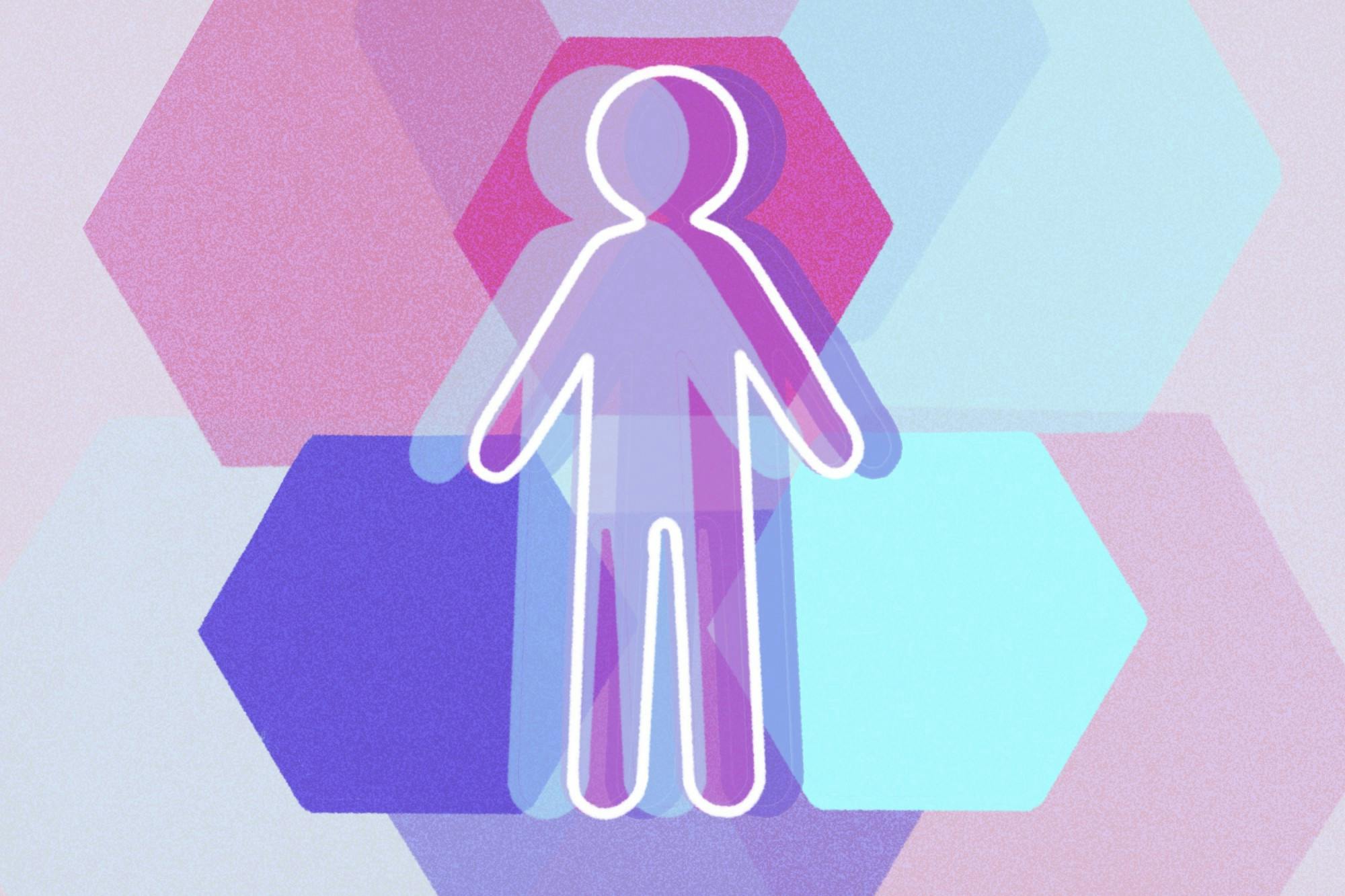When considering Dartmouth’s “must-take” classes, it seems ENGS 12, “Design Thinking” always tops the list. Over 100 students enroll in the course each year, and over 100 additional students are still sent to a waitlist, according to Engineering professor Peter Robbie, who described the class as “a foundational course in creativity.” While ENGS 12 is a quintessential course even for non-engineering majors, it also serves as a core course for the human centered design minor, which, according to the minor’s webpage, focuses on “the process of innovation for addressing human needs.” I sat down with Robbie and two current human centered design students to explore one of Dartmouth’s most unique programs.
According to Robbie, Dartmouth is the only school he knows of that offers a formal undergraduate minor in human centered design. Robbie initially conceptualized the program with computer science professor Lorie Loeb, and the pair spent over two years writing proposals until the committee approved the program in Spring 2014. Part of Robbie’s motivation for establishing the minor was the popularity of ENGS 12.
“The original impetus for the program was the frequent story that students would finish taking the Design Thinking course and be like ‘This is really exciting. I want to do more of this. What’s next?’ and I’d have to say ‘I'm sorry that's it,’” Robbie said. “[The minor] was really designed to provide a framework for students who really wanted to develop this set of skills and capabilities.”
Robbie stressed that “empathy is the starting point for human centered design thinking.” Lidia Balanovich ’22 said the discipline’s central focus on the human elements of design attracted her to the program.
“I want to just work with people and help people … and this was a way I could work with them and feel more confident that I would be making a positive impact as a result” Balanovich said.
Human centered design’s emphasis on the human experience prompts an interdisciplinary pedagogical approach, according to Robbie. Per its website, the minor draws courses not only from engineering, but also from anthropology, psychology, sociology, geography, computer science, film, studio art, public policy and economics.
“The field is inherently interdisciplinary, because when you’re designing for humans, you have to understand humans: human behavior and human preferences and abilities,” Robbie said. “Social scientists spend their careers developing that knowledge base. So it really is design informed by this kind of special, deep understanding of people in context.”
As part of the minor, Robbie said, students are tasked with “applying design in an area of interest,” such as in product design, interactive digital technology, architecture or improving social systems. Robbie also said that principles of human centered design can be used in “almost any discipline,” and that many of his former students have used their design skills within the context of their majors or other interests, including as designers for Microsoft or political reformers.
Both of the current Human Centered Design students I spoke to expressed a similar appreciation that the skills they learn are applicable to their surroundings. Abigail Johnson ’23, a current Human centered design minor, emphasized that the program teaches a mode of thinking that emphasizes fundamental strategies for approaching problems, which can be applied to many facets of her personal life.
“I'll bring different aspects of my learning with human centered design into both my other classes and my extracurricular activities,” Johnson said. “What I like about human centered design in general is it’s kind of learning a mindset, and then the tools that you can use to engage with that mindset.”
In learning this mindset, Johnson felt that she was even able to “learn creativity” from her participation in the program, which is a skill she “didn’t know that you could learn until [she] took these classes.”
Balanovich said that the minor taught her fundamental life skills, such as how to best communicate ideas and how to navigate group dynamics. She also mentioned a number of useful technical skills she developed, such as proficiency in Adobe Photoshop and Adobe Premiere Pro.
Balanovich also emphasized that for many students in the human centered design program, the coursework is just the beginning — students also have an abundance of opportunities to apply what they learned in the real world and around campus, particularly in the DALI Lab.
“The courses you take for the minor are like the springboard where you practice and make projects just to figure out how stuff works and what the process should be,” Balanovich said. “Then, you actually get to do it through other extracurriculars and put it into the world.”
Johnson specifically mentioned using human centered design for an independent project last summer. She was tasked with improving inclusivity and equity in the Dartmouth Outing Club. In this project, she said she was applying the design process in a very direct manner in order to create more accessible levels of membership in the DOC.
Both Balanovich and Johnson intend to use human centered design in their professional lives post graduation. Balanovich accepted an offer to work in user experience at Microsoft, and while Johnson does not know what career path she will pursue yet, she feels confident her skills will come in handy.
“The nice thing about human centered design is that because it’s more of this mindset, it can be used in a very literal way in some sort of design firm or design studio, but it can also be applied to really anything that you do,” Johnson said.
Arielle Feuerstein ’24 is an English major from Bethesda, Maryland. She currently serves as the production executive editor, and in the past, she wrote and edited for Mirror. In addition to writing, Arielle enjoys crocheting, board games and walks around Occom Pond.




